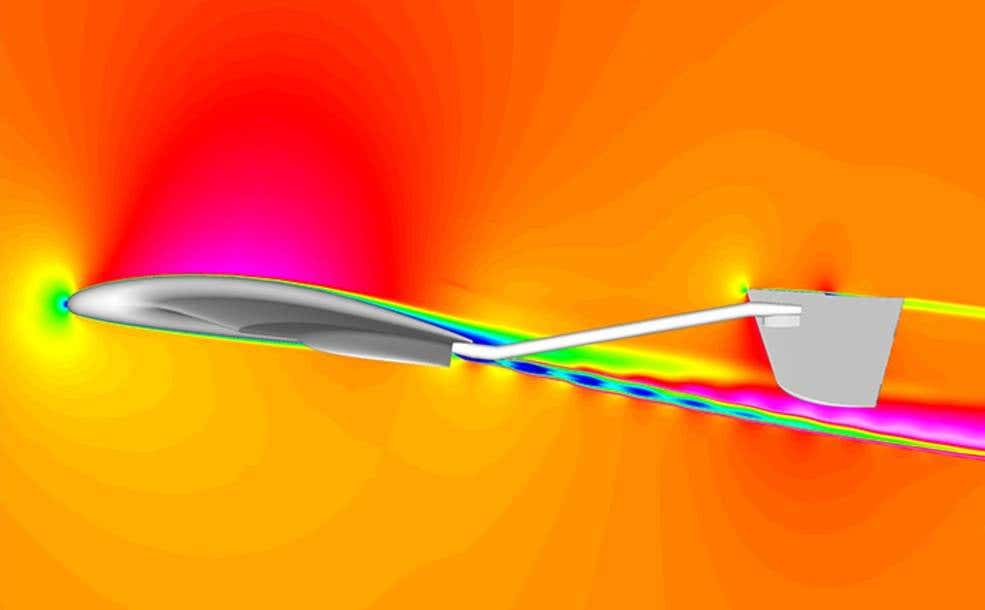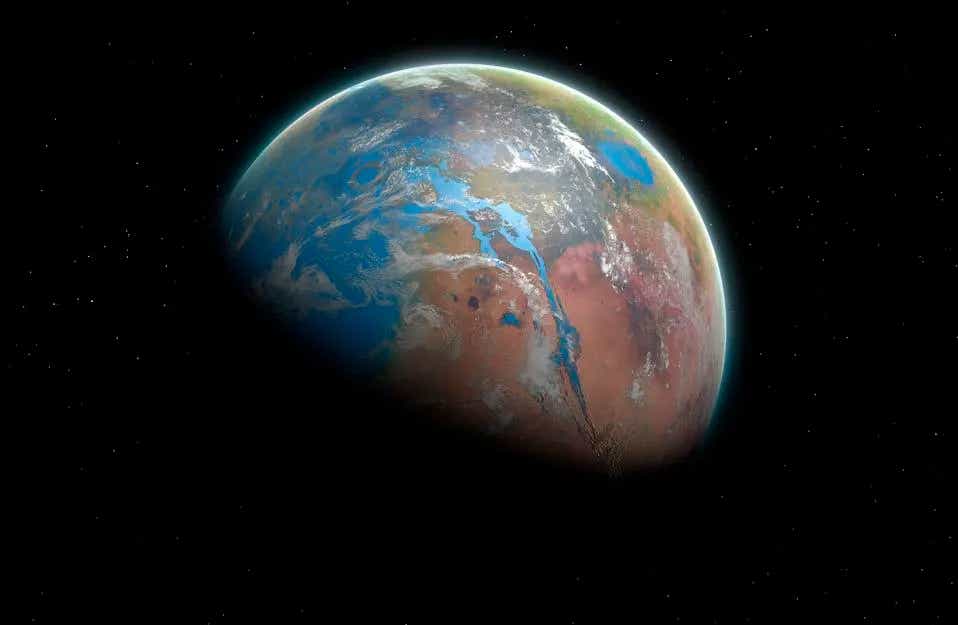NASA Software Benefits Earth, Available for Business, Public Use
Many of NASA’s innovations were developed to help explore space, but the public can download them for applications that benefit us on Earth

[July 2, 2021: NASA]
One of NASA’s most downloaded software codes, TetrUSS is a suite of computer programs used for fluid dynamics and aerodynamics analysis and design
Credits: NASA
Many of NASA's computational innovations were developed to help explore space, but the public can download them for applications that benefit us right here on Earth. The agency’s latest software catalog has hundreds of popular programs, as well as more than 180 new ones, all available for free download.
“From operations here on Earth to missions to the Moon and Mars, software is integral to all that NASA does,” said NASA Administrator Bill Nelson. “The good news is this technology is available to the public for free. The software suited for satellites, astronauts, engineers, and scientists as it is applied and adapted across industries and businesses is a testament to the extensive value NASA brings to the United States – and the world."
NASA programs adapted and used by entrepreneurs, other government agencies, researchers, and others include:
TetrUSS: Aircraft emissions contribute significantly to humanity’s carbon footprint. Computational fluid dynamics programs developed at NASA allow engineers to design an aircraft’s shape to minimize drag, allowing for maximal fuel efficiency. Available in the United States, TetrUSS is one of NASA’s most downloaded applications of all time. The program has enabled users to improve designs for aircraft, automobiles, and boats, as well as gauge architectural aerodynamics and even assist in plane crash investigations.
WorldWind: The sheer volume of data captured by NASA’s many satellites can make it unwieldy for everyday use. WorldWind visualizes NASA data using a video game-like virtual globe of Earth, allowing users to zoom from satellite altitude down to any point on the planet’s surface. This software helps decision-makers worldwide manage scarce resources. It supports the Coast Guard by generating a map from live feeds of satellite and maritime data. And it helps researchers understand climate impacts on freshwater resources.
“In the race to mitigate the effects of human-made climate change, human-made technology can be a key advantage,” said Technology Transfer Program Executive Dan Lockney. “By making our repository of software widely accessible, NASA helps entrepreneurs, business owners, academia, and other government agencies solve real problems."
Dozens of other environmental science software programs are also ready for download. Highlights include:
A tool to calculate a solar power system's size and power requirements using fuel cells, solar cells, and batteries.
Code to analyze solar aircraft concepts by evaluating flight worthiness and providing design feedback.
Computational fluid dynamics software that can improve the efficiency of wind turbines for power generation.
Containing more than 800 programs, the NASA software catalog features categories such as system testing, aeronautics, data and image processing, autonomous systems, and more. The software is also continuously updated in a searchable repository online.
The agency will host a webinar July 13, 2021, to give the public an opportunity to learn more about the download process and ask questions about available NASA software. Visit the information page to learn more and register: https://go.nasa.gov/3iPFX7l
The software catalog is a product of NASA’s Technology Transfer program, managed for the agency by the Space Technology Mission Directorate. The program ensures technologies developed by and for NASA are broadly available to the public, maximizing the benefit to American taxpayers. For more information about NASA's Technology Transfer program, visit: https://technology.nasa.gov
Like these kind of feel good stories? Get the Brighter Side of News' newsletter.
Tags: #Good_News, #NASA, #Free_Software, #The_Brighter_Side_of_News
Joseph Shavit
Head Science News Writer | Communicating Innovation & Discovery
Based in Los Angeles, Joseph Shavit is an accomplished science journalist, head science news writer and co-founder at The Brighter Side of News, where he translates cutting-edge discoveries into compelling stories for a broad audience. With a strong background spanning science, business, product management, media leadership, and entrepreneurship, Joseph brings a unique perspective to science communication. His expertise allows him to uncover the intersection of technological advancements and market potential, shedding light on how groundbreaking research evolves into transformative products and industries.



